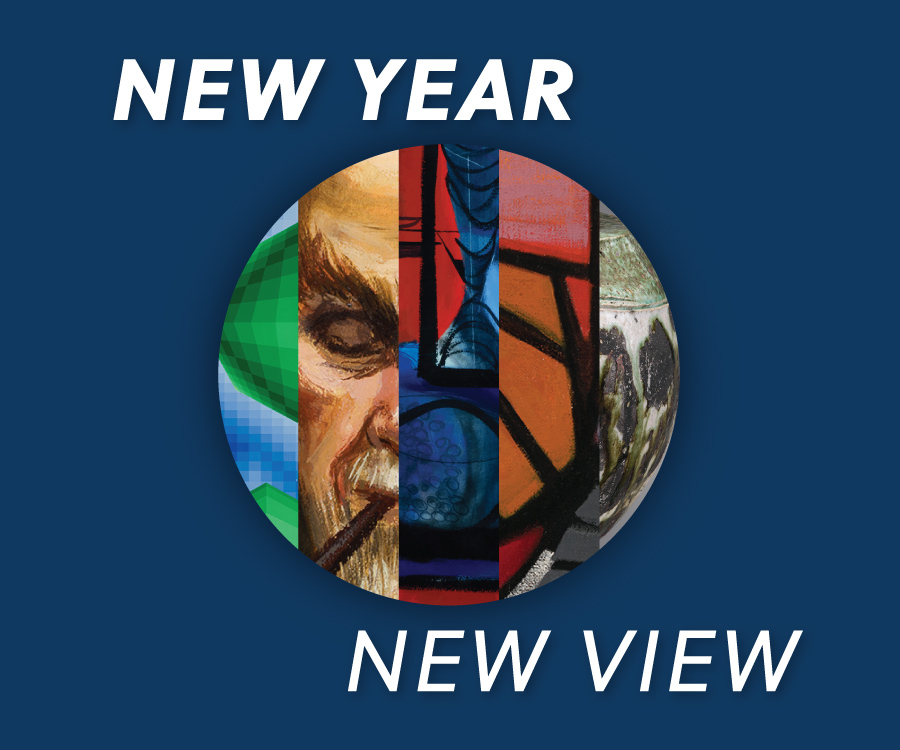January 22–February 14, 2021
(Originally scheduled through March 14, this exhibition closed early on February 14 due to the Museum closure.)
Presented by Deputy Curator Christopher Herron, chosen from the collection assembled by Founding Director & Curator Hugh Grant.
This page contains supplemental information and explores themes from the exhibition, but does not include all 33 works in the exhibition.
Welcome to 2021!
It’s a new year and we are ready for a renewal, a fresh start, a rebirth. New Year / New View is an exciting look at work new to the Kirkland Museum collection.
Kirkland Museum’s collection of Colorado & regional artworks continues to grow. To celebrate moving into a new year, Kirkland Museum features newly-acquired and never-before-seen works from the Colorado & Regional Art collection.
Each piece in this exhibition was acquired since the 2014 announcement that Kirkland Museum was moving to the new building on Bannock Street. Some of the works would not have been acquired otherwise—their large size would have made display at the former Pearl Street location impossible. We are delighted to be able to share them now.
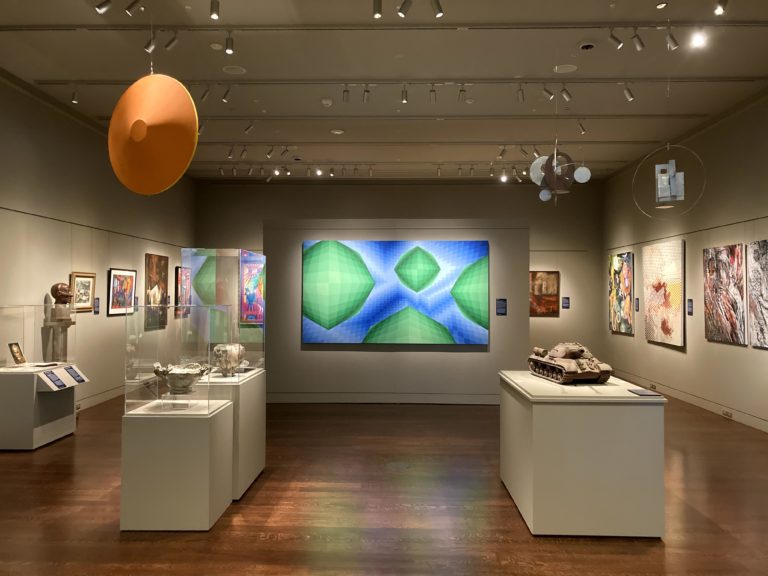
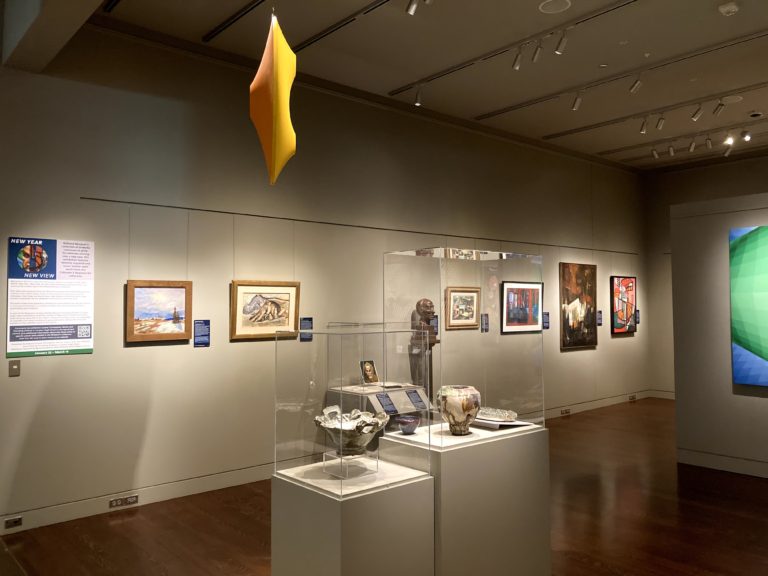
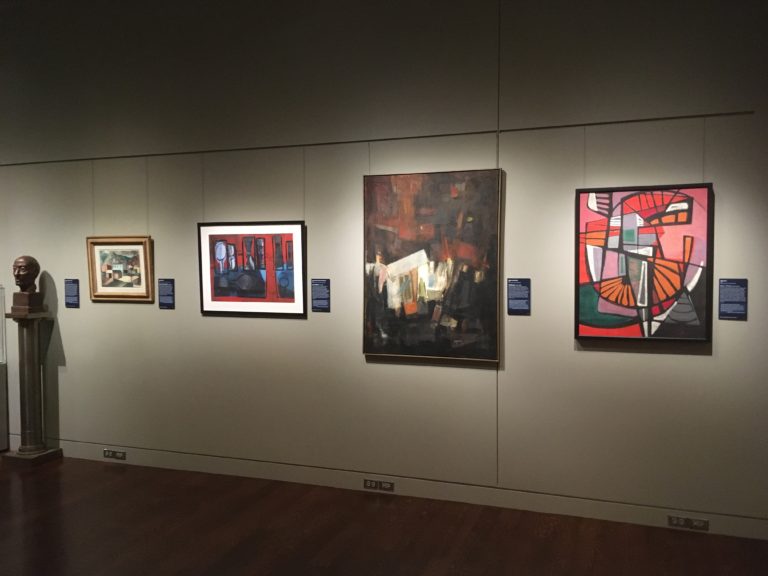
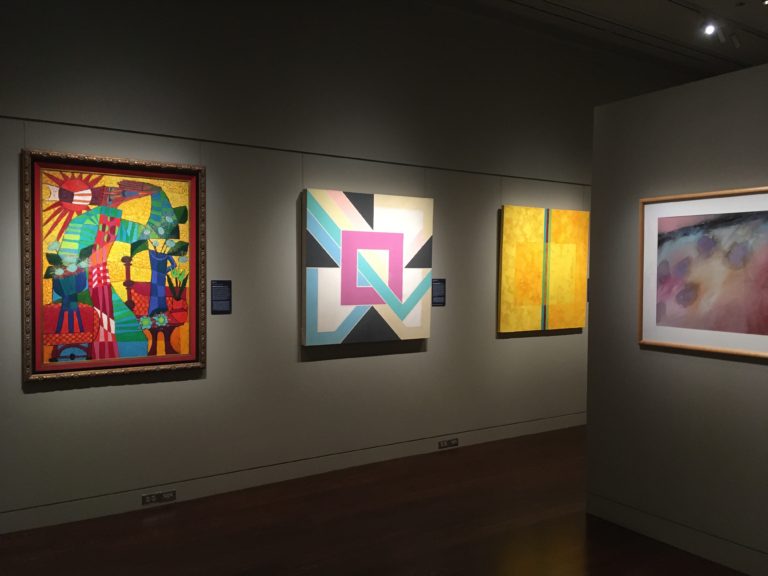
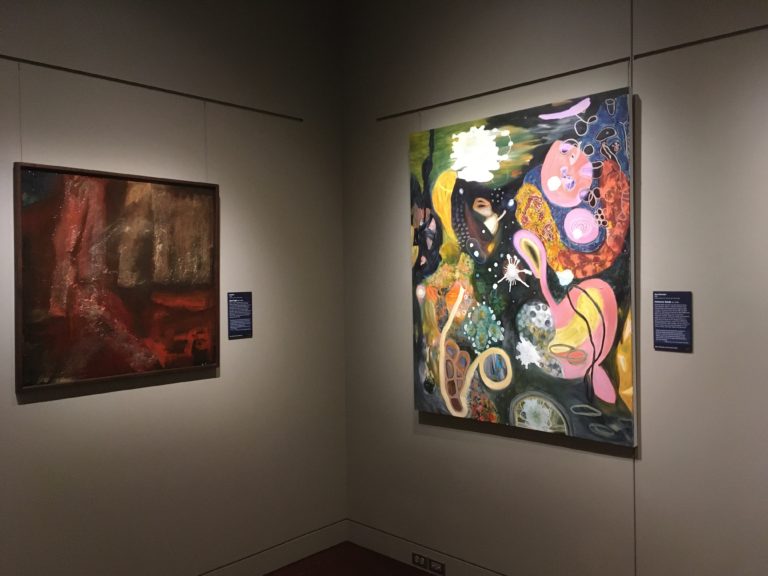
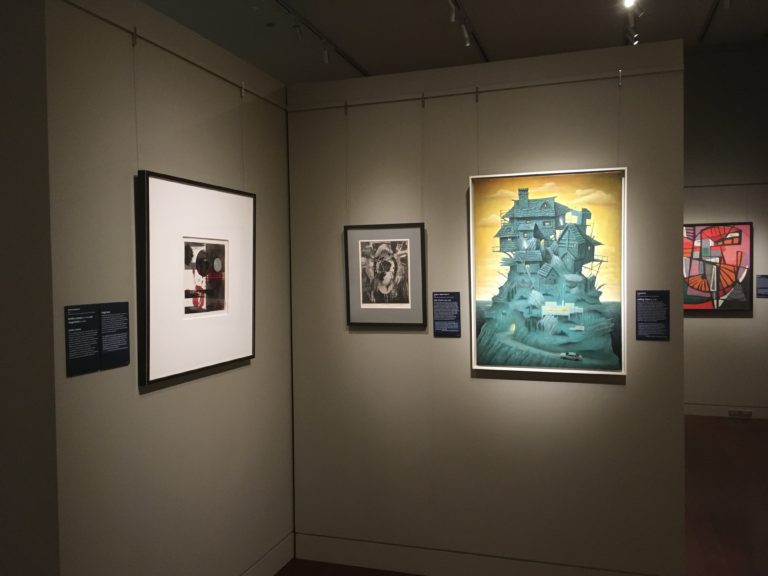
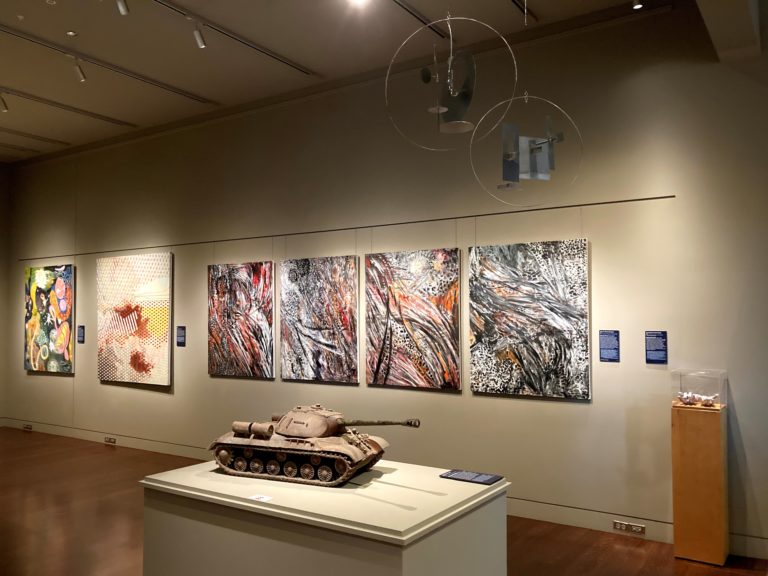
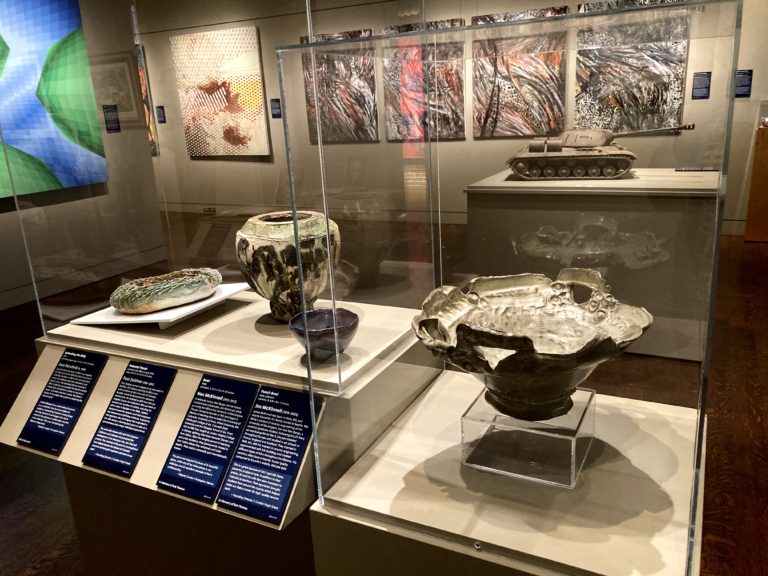
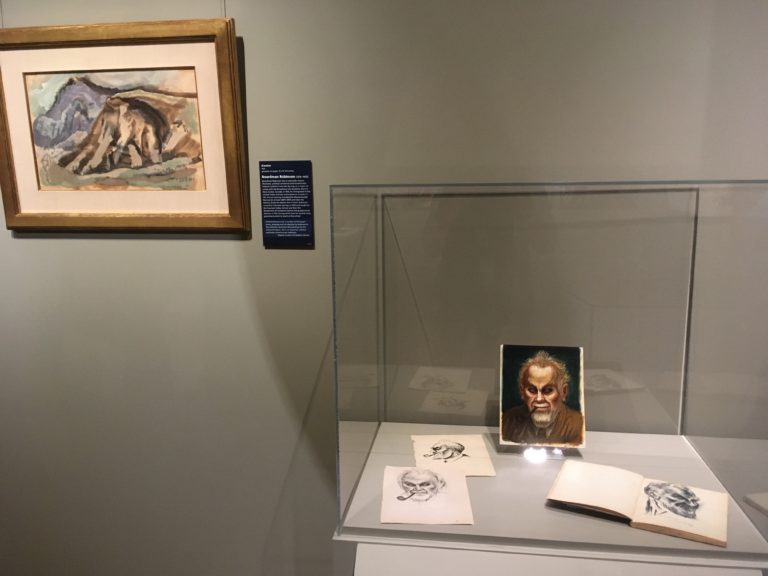
Click or scroll to learn more about each of these parts of the exhibition:
About the Colorado & Regional Art Collection
As part of the Museum’s mission, Kirkland Museum Founding Director & Curator Hugh Grant continues to build the Colorado & Regional Art collection of almost 8,000 works by about 850 of the state’s visiting and resident artists. Our knowledge of Colorado’s art history continues to grow and evolve. Adding new artists and artworks to the collection is part of this growth. All of the works in this exhibition are by artists connected to Colorado or the states bordering Colorado.
Colorado’s rich art heritage spans more than 200 years, preceded by the legacy of American Indians living on the territory of what became the State of Colorado in 1876. The creative output of both its visiting and resident artists during the past two centuries belongs not only to the cultural legacy of the Rocky Mountain West, but also is part of the larger story of American art.
Kirkland Museum is an important repository for Colorado’s art history and some regional art. The collection is concerned with a period from 1820 to about 1990 (traditional through modern), with an emphasis on the 1840s onwards. In the summer of 1820 artists Samuel Seymour and Titian Ramsay Peale arrived in present-day Colorado with the expedition of Major Stephen H. Long, the namesake of Longs Peak near Estes Park. These are considered to be the first non-native artists to work in what would become Colorado.
Kirkland Museum does not show contemporary art because it can be seen at other venues such as the Denver Art Museum, Museum of Contemporary Art Denver, Boulder Museum of Contemporary Art and at most commercial galleries. Kirkland Museum provides visitors an in-depth look at the history of Colorado art from traditional through modern, which has provided the foundation for contemporary artists.
Portraits of Boardman Robinson
Boardman Robinson (1876–1952) was a nationally-known illustrator, political cartoonist and muralist who helped establish Colorado Springs as a major art center with the Broadmoor Art Academy. Born in Nova Scotia, Canada, in 1876, he immigrated to the United States and was naturalized as a citizen in 1911. His art training included the Massachusetts Normal Art School (1894–1897) and later the famous École des Beaux-Arts in Paris.
In 1919 the Broadmoor Art Academy was founded in Colorado Springs thanks to the patronage of Spencer and Julie Penrose, known for their connection with the Broadmoor Hotel. The academy represented their long-held dream of an art school emphasizing easel painting, but also functioning as a community support center for music, dance and theater.
Robinson moved to Colorado Springs in 1930 and taught at the Fountain Valley School and then the Broadmoor Art Academy before being appointed director in 1931, during which time he invited many prominent artists to teach at the school. In 1935 the Academy evolved into the Colorado Springs Fine Arts Center. The local art colony became a major force in art instruction and national art activity under Robinson. He attracted well-known artists from outside the state, somewhat overshadowing Denver as an art center until the mid-1940s.
New Year/New View includes a watercolor by Robinson himself, as well as four portraits of him by Kenneth Evett and George Vander Sluis. The portraits show the artistic process, especially comparing Evett’s drawing with his final painting of Robinson. A photograph is included below to show Robinson’s likeness. The portraits also pay tribute to Robinson’s importance to Colorado’s art history.
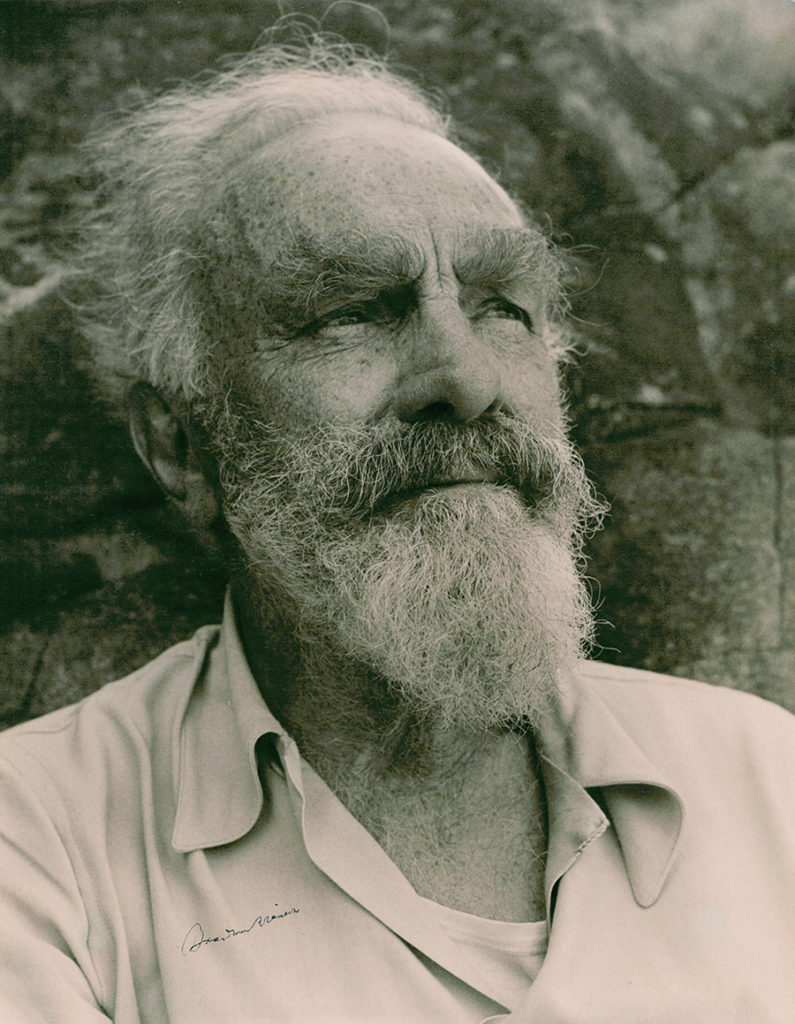
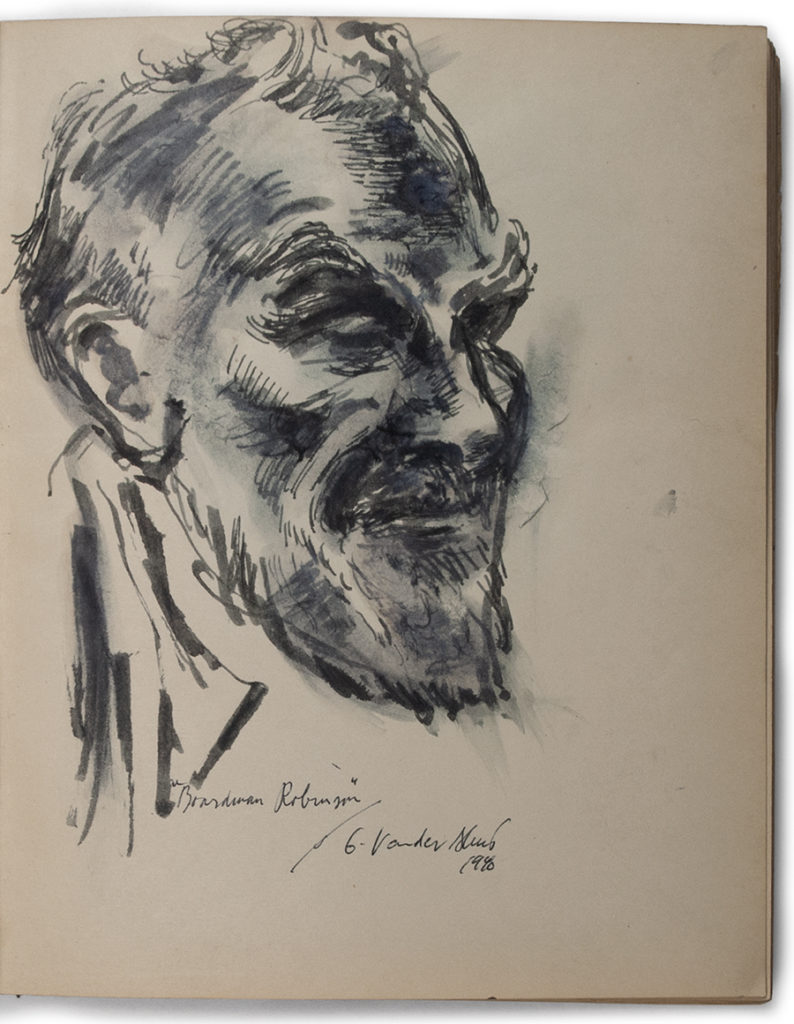
1940, by George Vander Sluis (1915–1984)
ink on paper, 7-1/4 x 4-3/4 inches
Gift of Norm Anderson
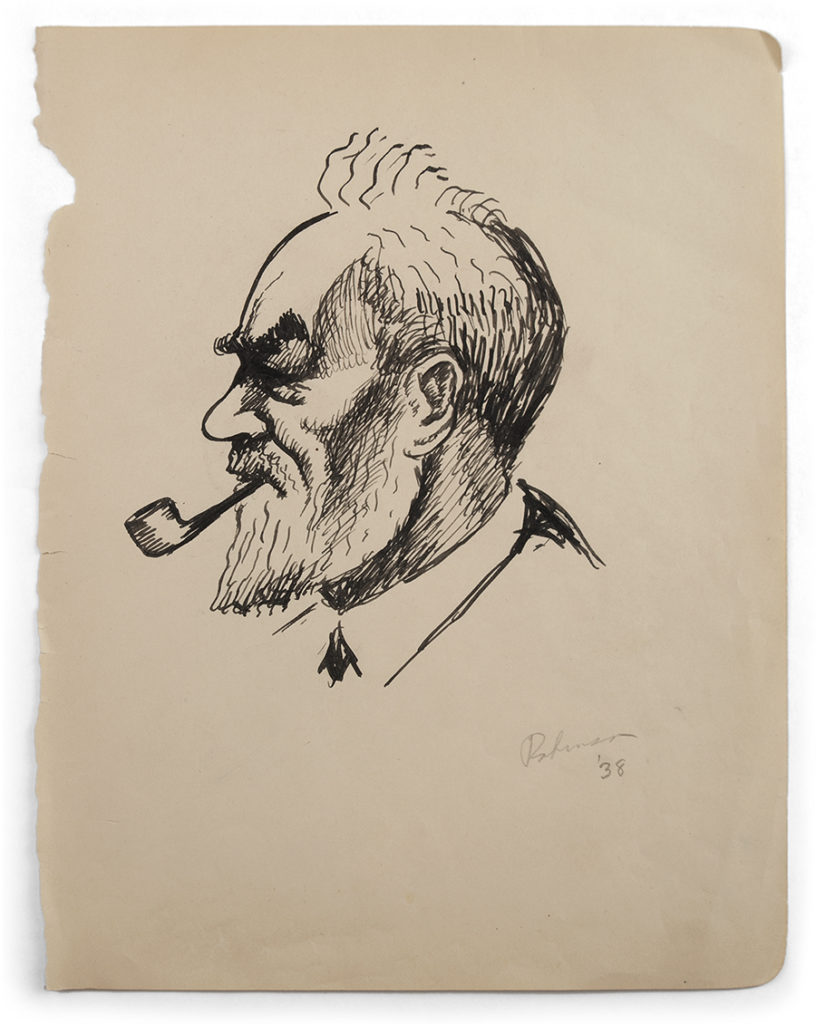
1938, by Kenneth Evett (1913–2005)
ink on paper
Gift of Elisa, Daniel and Joel Evett
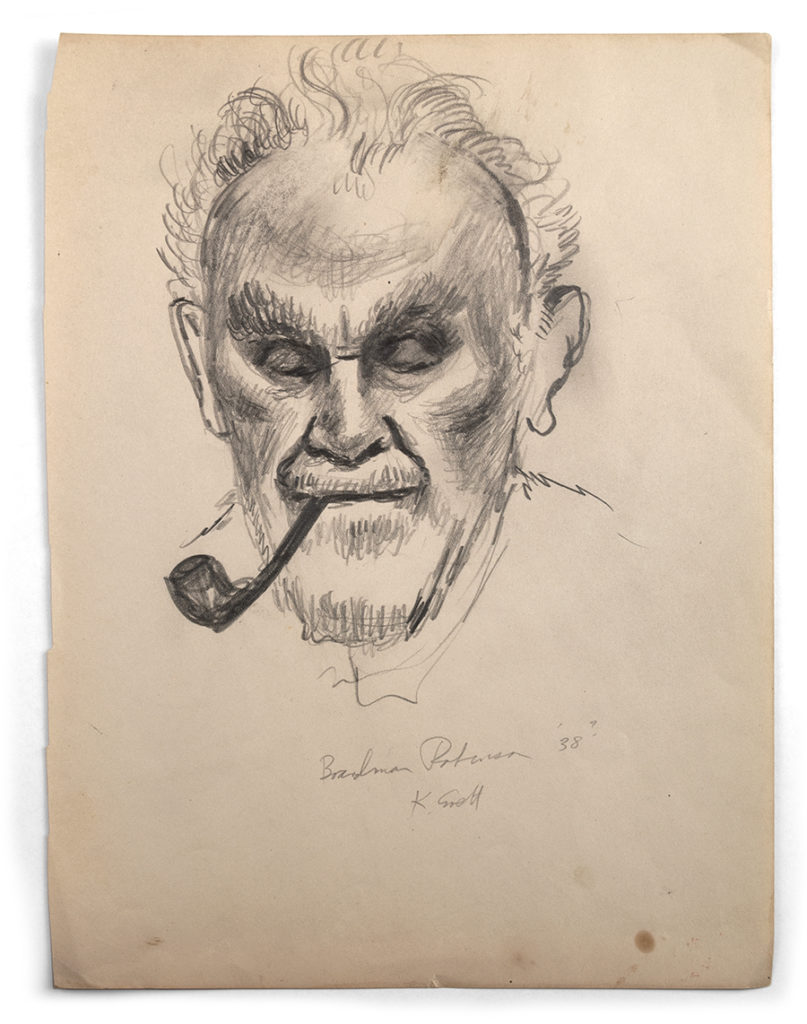
1938, by Kenneth Evett (1913–2005)
graphite on paper
Gift of Elisa, Daniel and Joel Evett
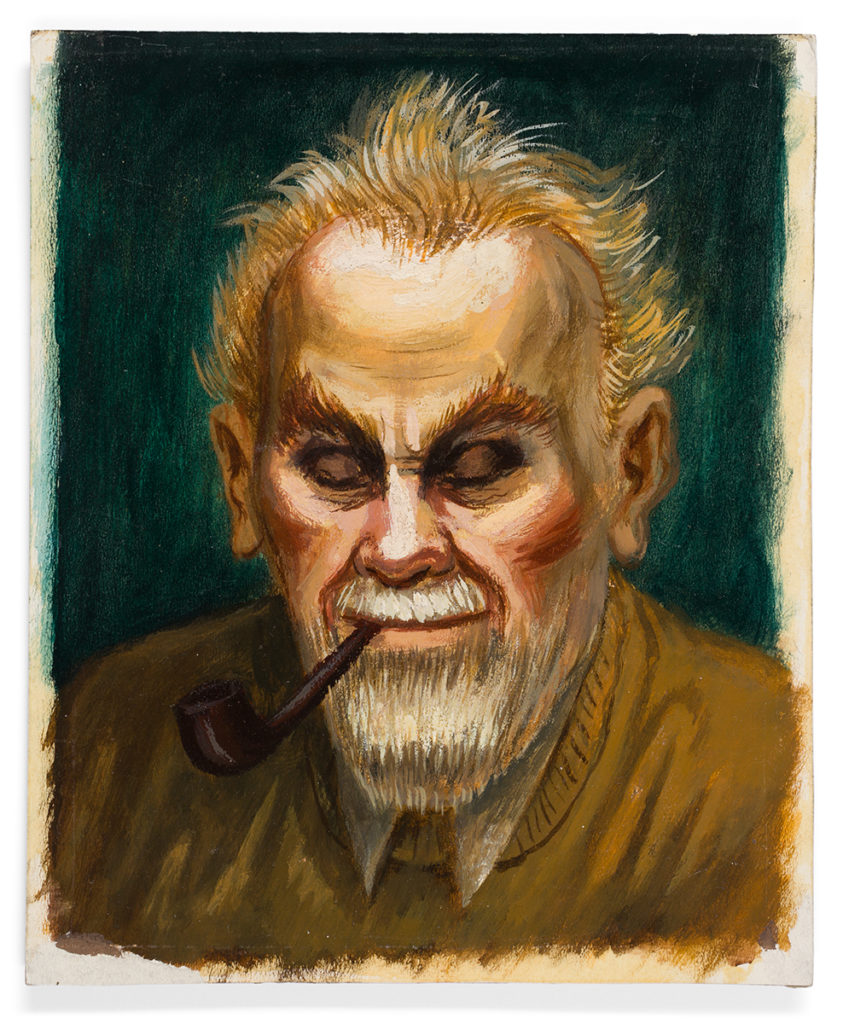
1938, by Kenneth Evett (1913–2005)
oil on paperboard, 10-1/8 x 8-3/8 inches
Gift of Elisa, Daniel and Joel Evett
Nine Artists New to Kirkland Museum's Collection
Nine of the 31 artists in this exhibition have not previously had their work shown at Kirkland Museum. Those nine, in alphabetical order, are:
1. Mel Carter (1930–1998)
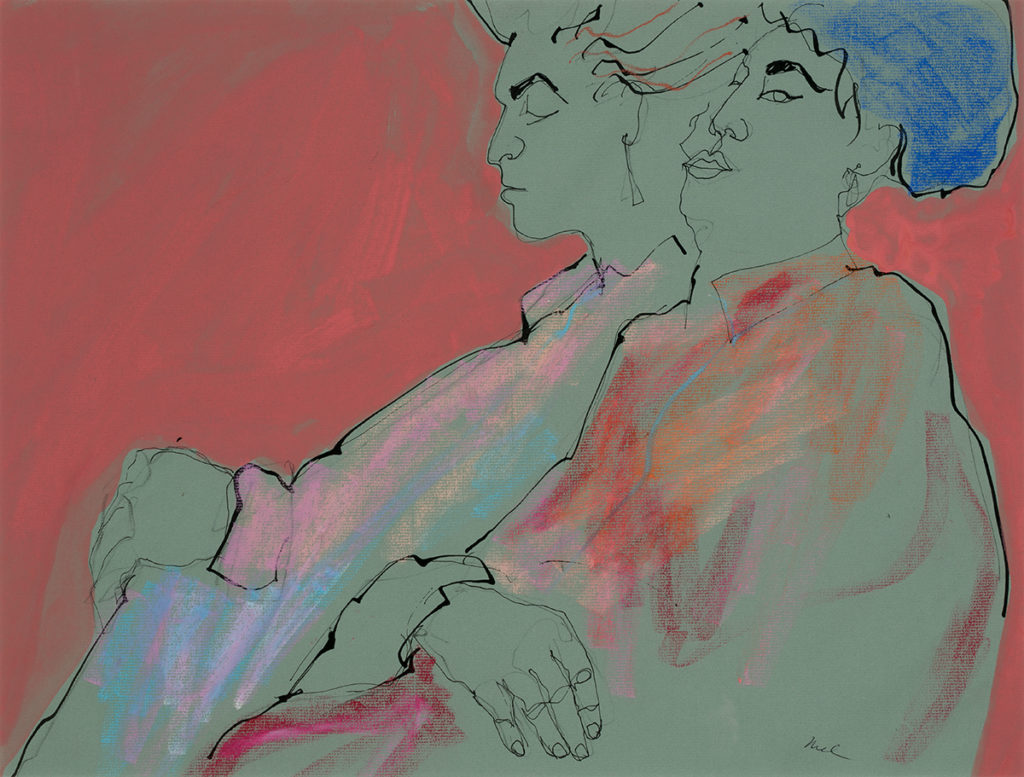
date unknown, probably 1970s or 1980s, by Mel Carter (1930–1998)
ink, watercolor and pastel on paper, 17 x 22 inches
Gift of Carl Patterson
Melvin Whitsett Carter was an artist, teacher and advocate for the arts in Denver. Born in Alabama, he received his BFA from the University of Illinois and his MFA in painting from the University of Guanajuato in Mexico. He moved to Denver in the 1940s and served in the US Air Force during the Korean war. Carter taught drawing at the Community College of Denver and at the Art Students League of Denver. In 1996 he held an exhibition of watercolor paintings of friends and models who passed away from AIDS.
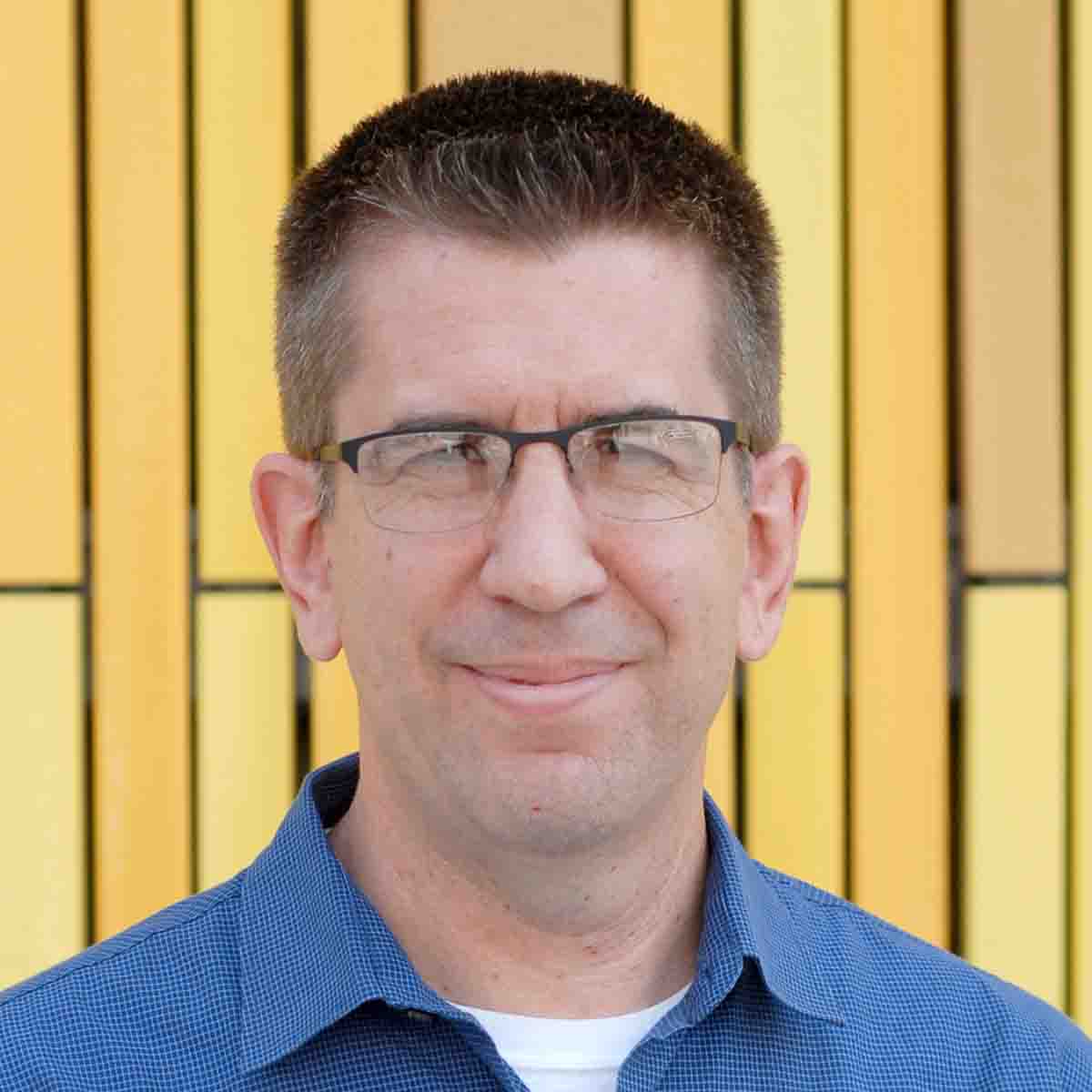
2. Edward Goldman (1924–2012)
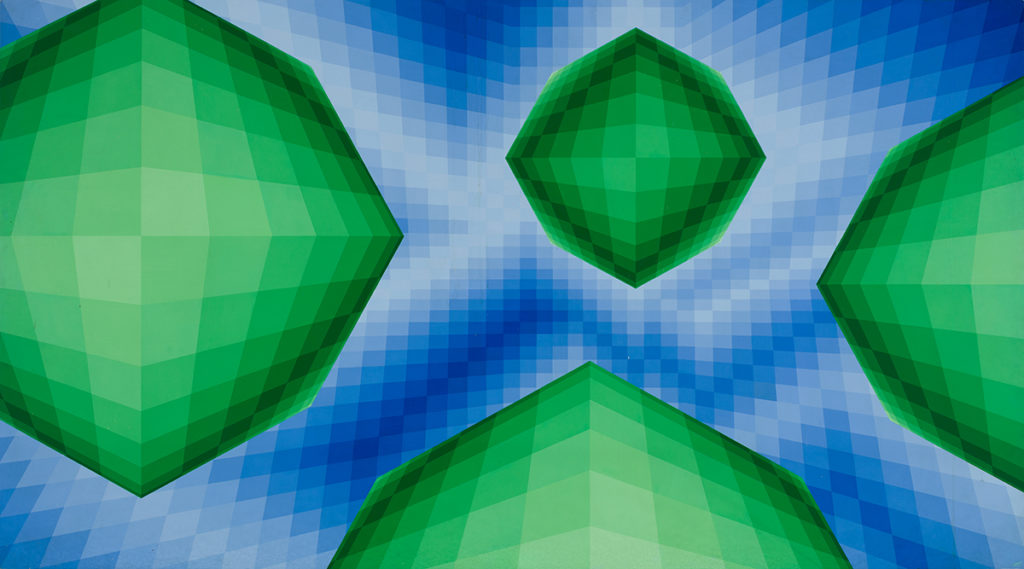

1976, by Edward Goldman (1924–2012)
acrylic on canvas board, 60 x 108 inches
Gift of Nancy Joy Siegel
Edward S. Goldman was born in 1924 in Massachusetts. He came to Colorado to attend the US Navy Japanese Language School housed at the University of Colorado, Boulder in 1945. He worked at Central Electric in Denver, rising to president and CEO by the time he retired in 1987. In the 1960s, he took classes from well-known Denver artist Bill Longley as well as drawing classes at the University of Denver School of Art. Goldman’s artwork was relatively unknown as he seldom showed his paintings in public.









3. Sidney Guberman (b. 1936)
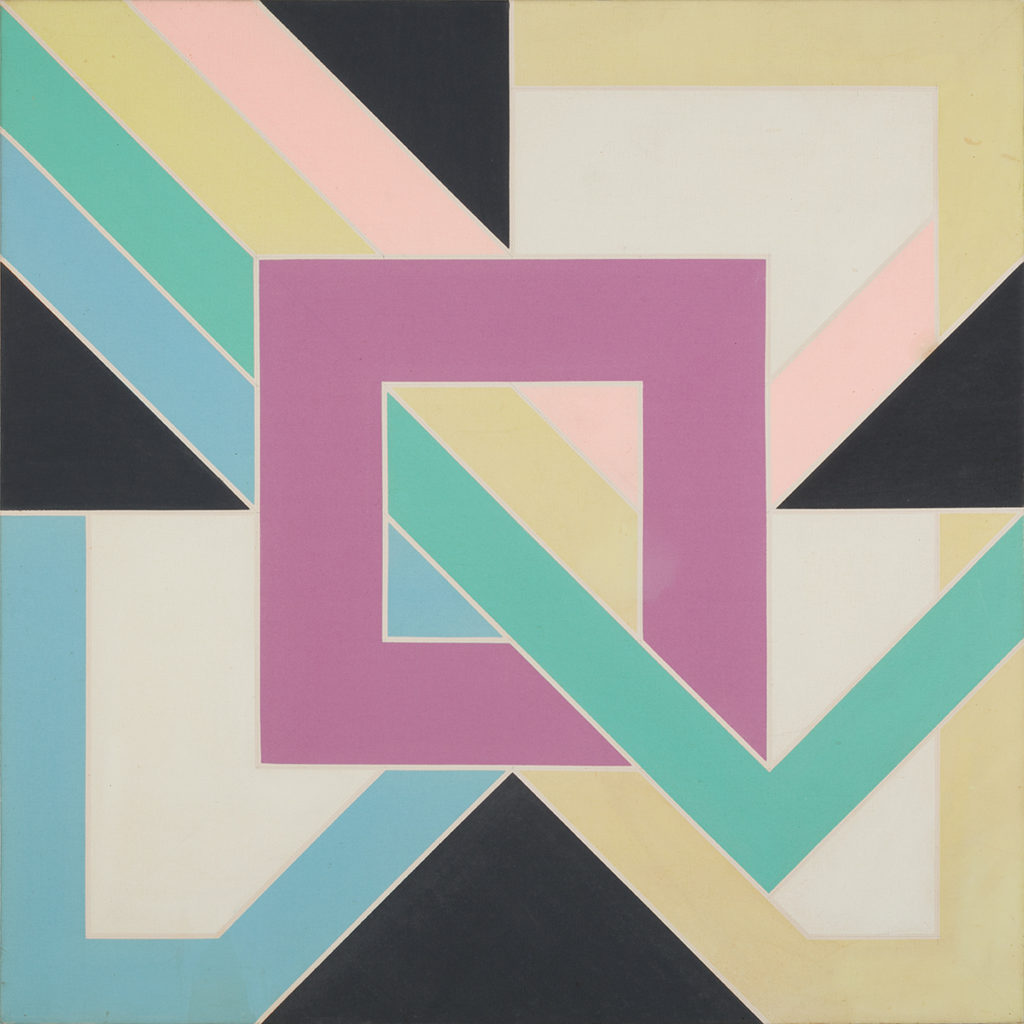

1969, by Sidney Guberman (b. 1936)
acrylic on canvas, 48 x 48 inches
Gift of Sarah E. McPhee & Lennart Ericsson
Sidney Guberman was born in Greenville, SC, and came to Colorado Springs as a child, where he studied drawing and painting with artist Jean Charlot at the Fountain Valley School. He earned a BA at Princeton University and a Master in Architecture from the University of Pennsylvania in 1967, but shortly after left the field to dedicate to painting full-time. While an undergraduate student, he met renowned hard edge abstract painter Frank Stella, and the two became lifelong friends. In 1969 Guberman held his first solo exhibition at the Owen Gallery in Denver and had a solo show at the Colorado Springs Fine Arts Center the next year.









4. Virgil Ortiz (b. 1969)
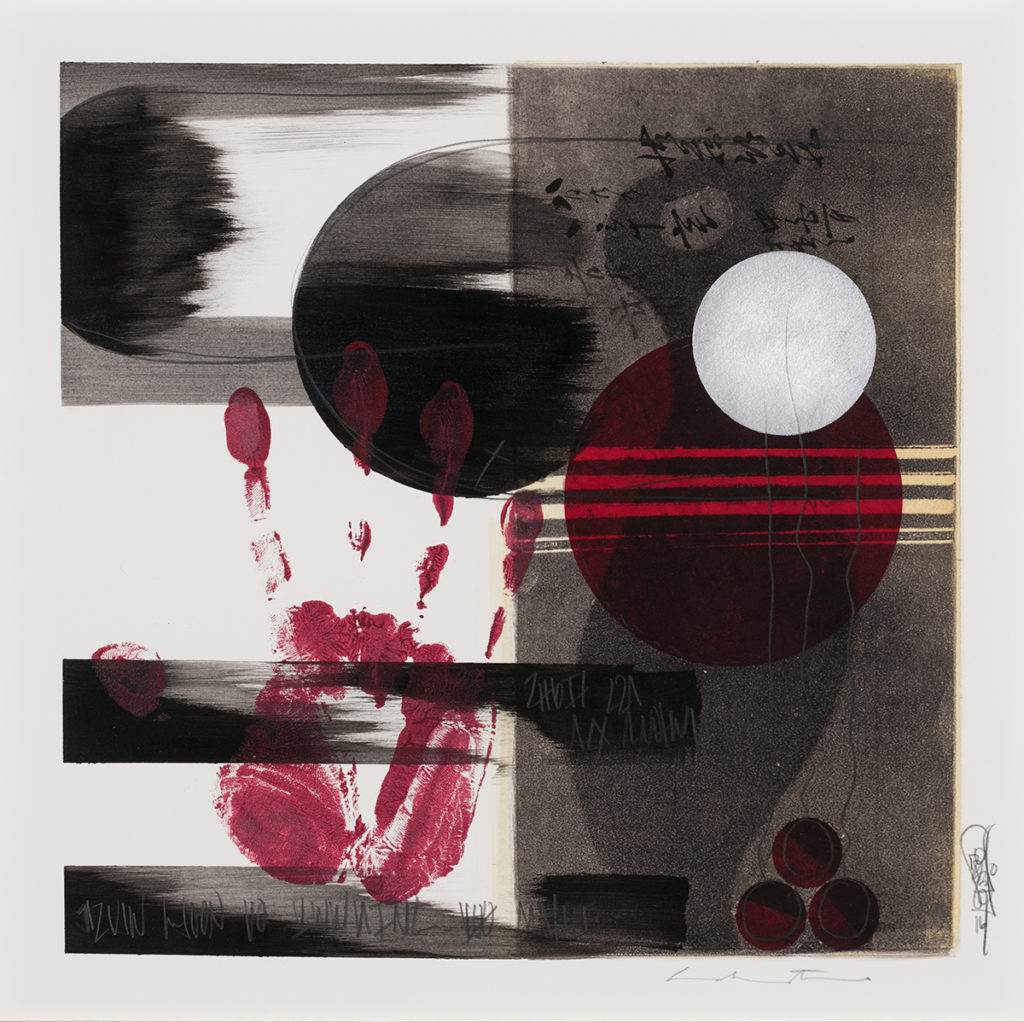

2016, by Emilio Lobato (b. 1959) and Virgil Ortiz (b. 1969)
monotype with chine-collé, 12-1/8 x 12-1/4 inches
This work is a collaboration made by Emilio Lobato, who is not new to Kirkland Museum’s collection, and Virgil Ortiz, who is part of this new artist list.
Virgil Ortiz was born in Cochiti, NM, in 1969. He is a multidisciplinary artist creating works in mediums including pottery, printmaking, décor, fashion, video and film. Ortiz was born to a family of artists: his mother and grandmother are renowned potters from Cochiti Pueblo. Ortiz has had many solo and group exhibitions and his work can be found in numerous institutions both national and international.
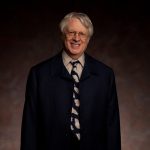

5. Sara Ransford (b. 1959)
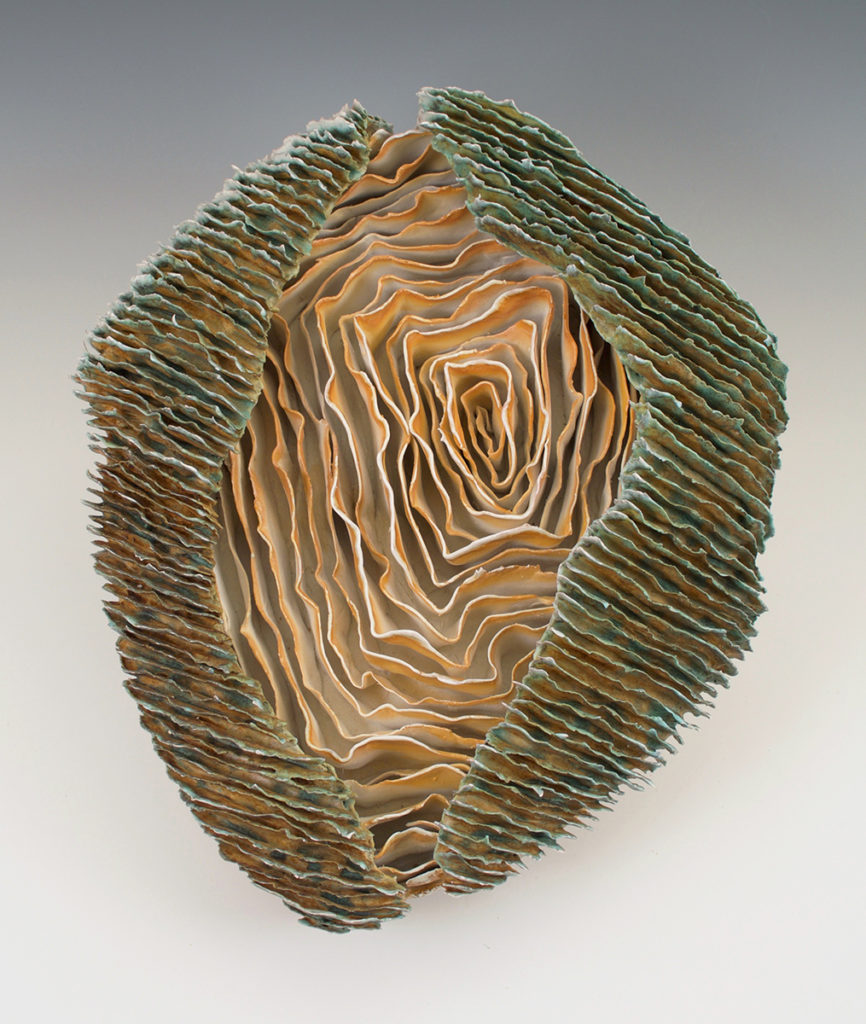

2015, by Sara Ransford (b. 1959)
porcelain paper clay, 13-1/4 x 11-1/4 x 3 inches
Gift of the Artist
Sara Ransford was born in 1959 in Los Angeles, CA. She received her BFA from the University of Colorado, Boulder in 1984 in art & art education, where she studied under Betty Woodman and Anne Currier. She attended Alfred University in 2001. In 2011 she was awarded The Red Brick Artist Tribute from the Red Brick Center for the Arts in Aspen, CO, where she had a studio. Ransford is known for her paper clay sculptures exploring the natural world.









6. Jeffrey Starr (b. 1956)
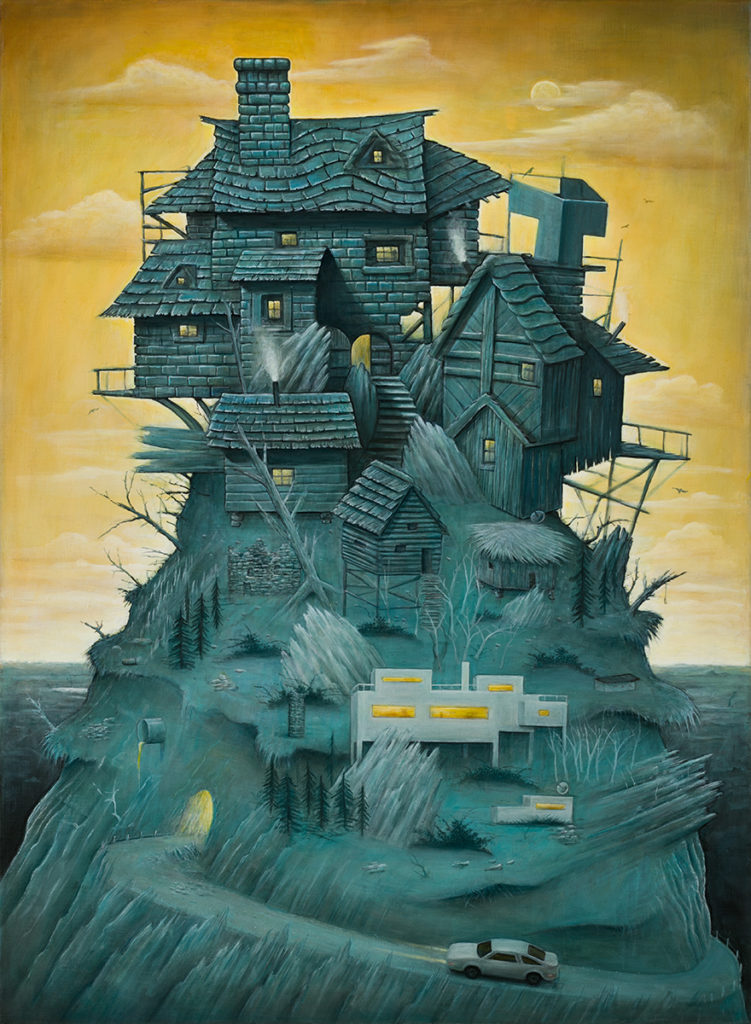

2007, by Jeffrey Starr (b. 1956)
oil on linen, 38-1/4 x 39 x 28-1/4 inches
Born in New Jersey, Jeffrey Starr moved to Littleton, CO, in 1973. Mainly self-taught, he enrolled in only one semester of college before deciding to dedicate his time solely to his painting career. He became a well-known artist in Denver during the 1980s, known for fantastical works in both painting and sculpture that often combine realistic and surreal elements. He was featured in the Museum of Contemporary Art Denver’s 2003 biennial and his work has been shown at the Denver Art Museum and a number of galleries. Starr continues to produce work in New York, where he now resides.









7. Robert Strohmeier (1927–2016)
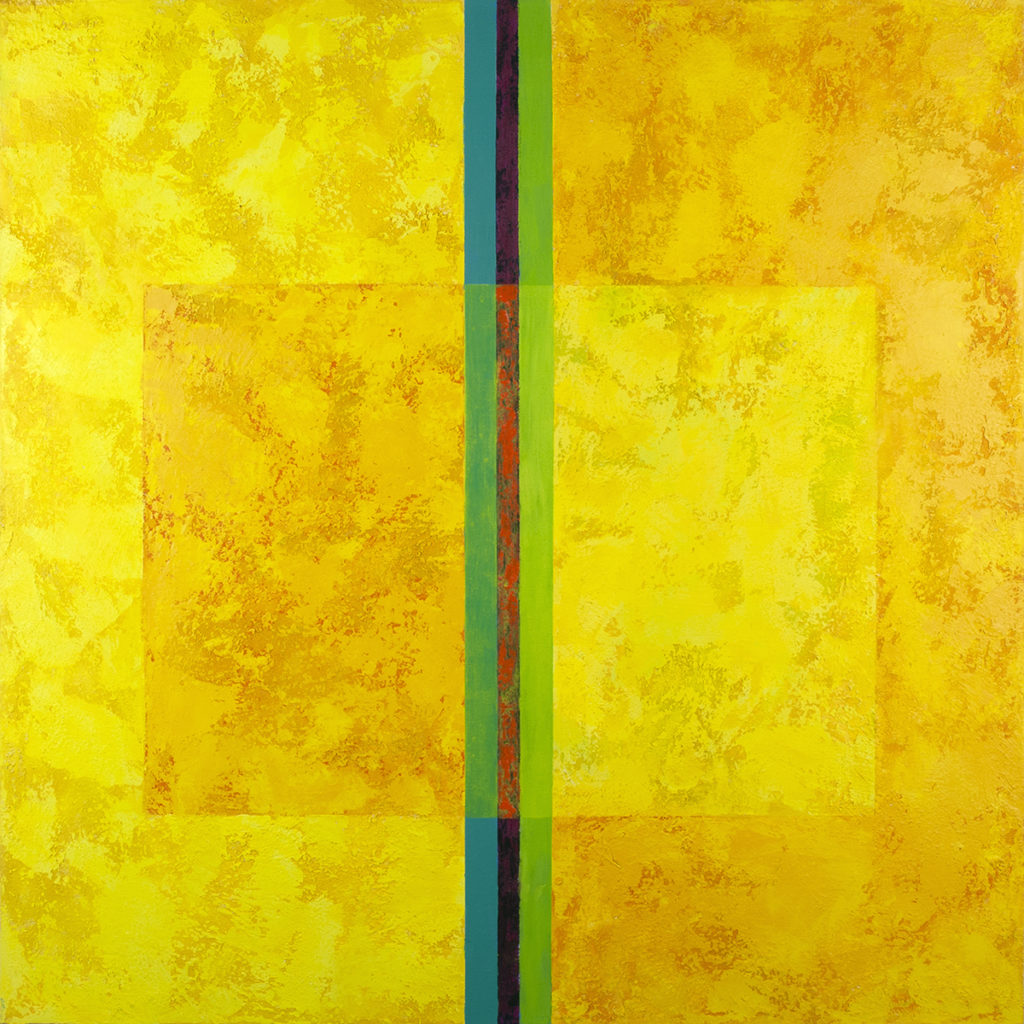

date unknown, by Robert Strohmeier (1927–2016)
oil on linen, 48 x 48 inches
Gift of Mark Dickson
Robert Strohmeier was born in Riverside, CA, and attended the Chouinard Art Institute in Los Angeles (now California School of the Arts), where he became acquainted with printmaking. He earned both a BFA and MFA from California College of Arts and Crafts. In the 1970s, he gained employment as an associate professor at Metropolitan State College (now University) in Denver and founded the school’s printmaking department. He was recognized for his technical skill in color lithography and was also an active painter, with work exhibited nationally.









8. Abel Vigil (1932–2009)
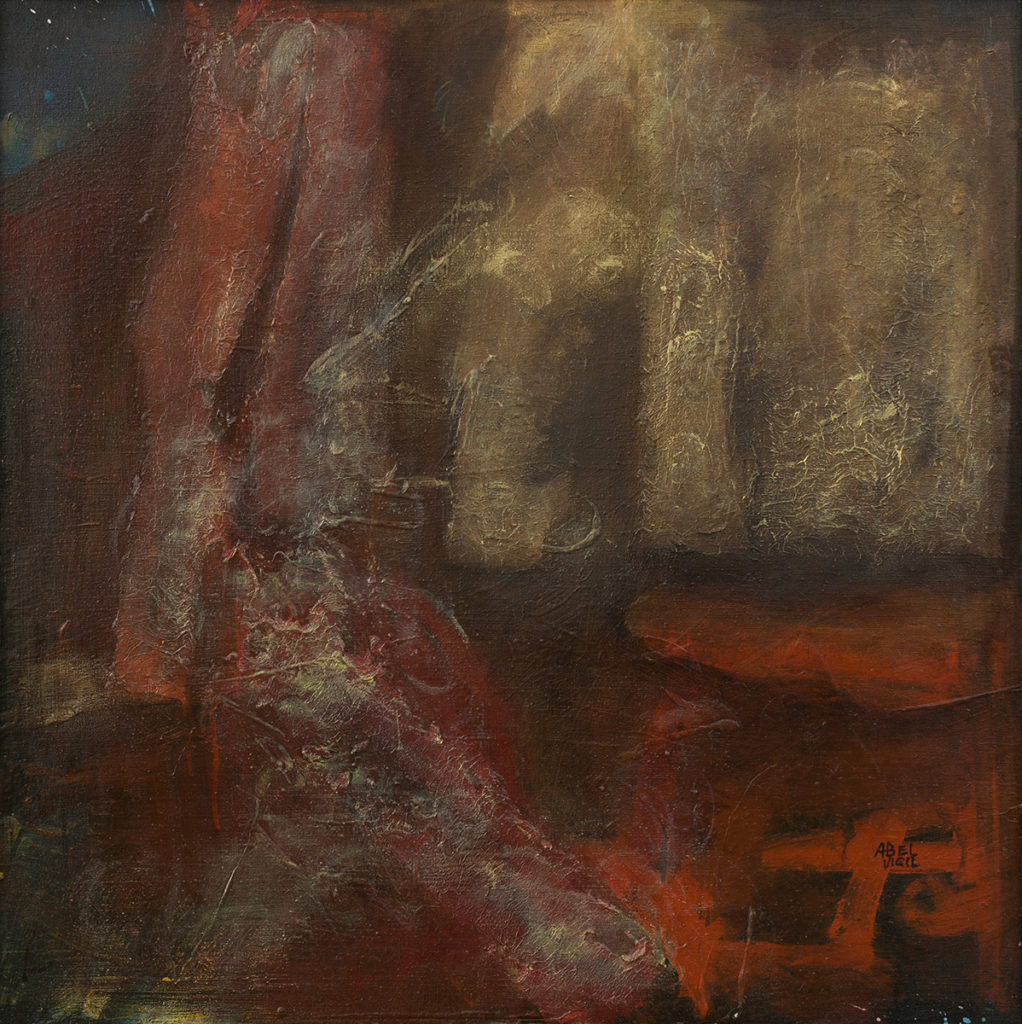

c. 1990, by Abel Vigil (1932–2009)
acrylic on canvas, 36 x 36 inches
Gift of the Estate of Abel Vigil
Abel, or “Abe,” Vigil was born in Denver and worked in education for over 30 years. Vigil received his BA in 1958 and MA degrees in art and education from Colorado State College (now University) in the 1960s. He earned a Doctor of Arts degree from the University of Northern Colorado in 1988, writing his doctoral thesis on the influence of abstract expressionist artists on his own artwork. Dr. Vigil was the arts director for the Denver Public School system for over 20 years, retiring in the late 1990s.









Lynn Wolfe (1917–2019)
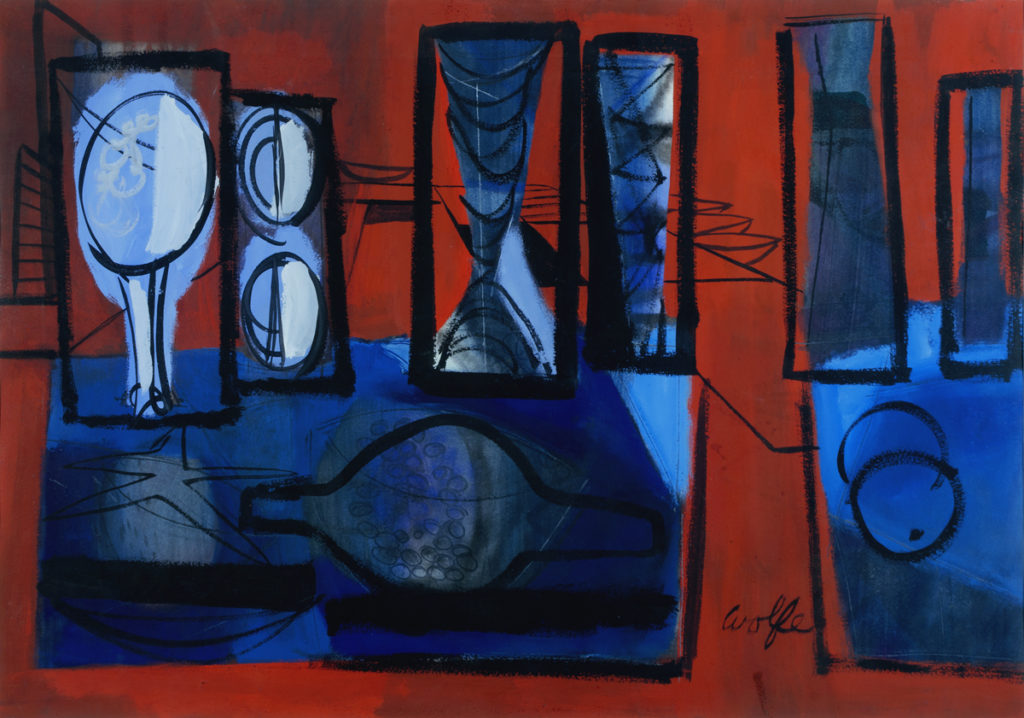

1950s, by Lynn Wolfe (1917–2019)
watercolor on paper, 20-1/2 x 29-1/8 inches
Gift of Robert and Julie Lewis
Lynn R. Wolfe was born in Red Cloud, NE, and received his BA in the early 1940s from the University of Nebraska at Lincoln. He came to Boulder to attend the University of Colorado, where he received his MFA in 1948. He was hired to teach by art department head Muriel Sibell-Wolle, beginning a 36-year-career as a professor of art and art history at the University of Colorado, Boulder. His work has been exhibited nationally at the Metropolitan Museum of Art in New York and other institutions. He completed commissioned art work for several churches and hospitals across Colorado.









Additional artist research by Becca Goodrum, Kaitlin Morelock and Megan Sullivan. Webpage content and layout by Maya Wright. Logo design by Peri Marketing & Public Relations, Inc.
